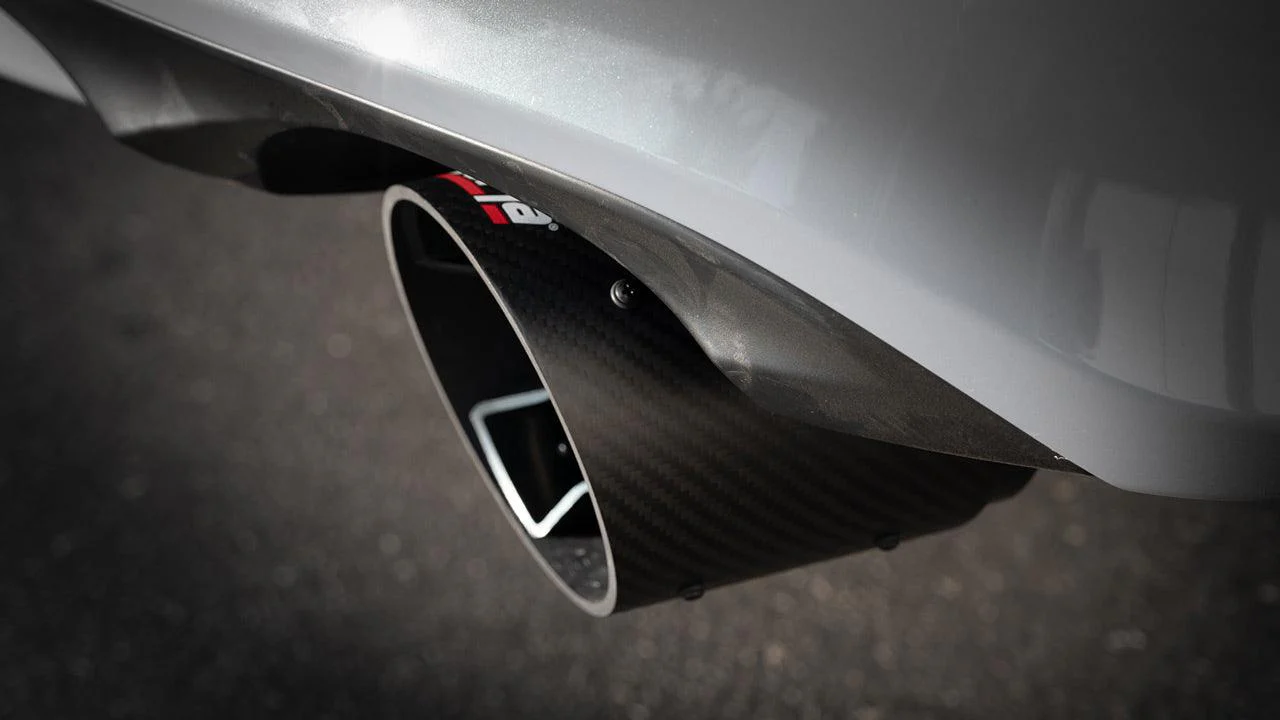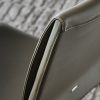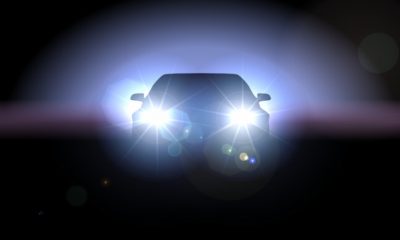Automotive
Your Complete Guide to Car Headlights
Car headlights are crucial safety components that ensure the brightness and visibility for safe driving. Their main task is to light up the road ahead, so you can make the necessary steering or speed adjustments. Equipped with low and high beams that project light to varying distances, headlights help you safely navigate inclement weather, road obstacles or low visibility conditions.
As an integral part of every vehicle, auto headlights are found between grilles or on the bumpers, and form a defining part of the make and model esthetic. While designs, shapes and the lighting tech used differ, an auto headlight projects light onto the road ahead at specified distances and widths to reveal any obstacles or changes in direction. Newer versions are additionally designed to reduce glare hitting oncoming traffic, with self-dimming features and more natural color temperatures.
Operational headlights are legal requirements and you do risk fines for busted, dim, flickering or dead lights. The good news for car owners is that efficient replacement units are readily available for all vehicles, either as original equipment or aftermarket headlights. And that drivers can update their vehicles fairly simply with newer technology that provides improved brightness, longer lifespans, lower power requirements, and most importantly, enhanced road safety.
Common Auto Headlight Types
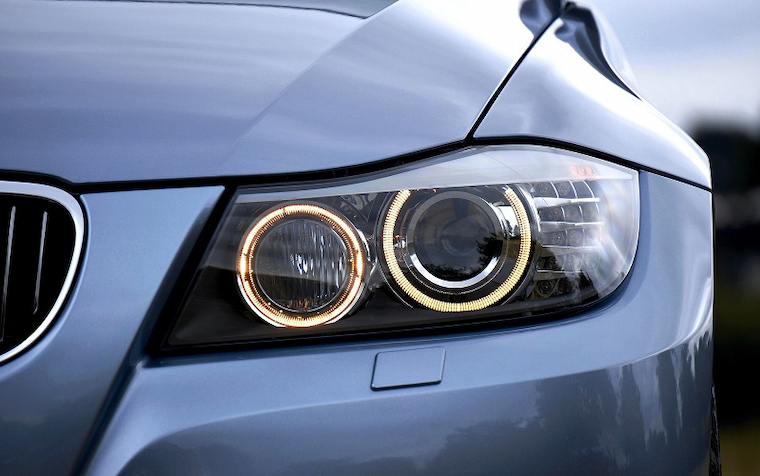
From carbide lamps to lasers, the technological advancements in lighting tech throughout the past century has led to safer driving, fewer accidents and unique headlight designs. Today’s cars feature several types of auto headlights, each with their own benefits and drawbacks. More common options include:
Halogen Bulbs
These are some of the older available variants, and often a feature in older or vehicles in entry-level trim. They’re recognizable by their yellow-orange tint, with light produced by heated tungsten filaments set inside a vacuum surrounded by an inert halogen gas. Halogen bulbs produce acceptable brightness, are cheap to produce and replace, and widely available. But the long list of drawbacks, means there are better options costing not much more. Halogens struggle to project light further (a hazard at today’s driving speeds), consume a lot of power, and tend to have the shortest lifespans (averaging 2000 hours), meaning more frequent replacements.
High-Intensity Discharge (HID) or Xenon Lights
The bluish-purple tint of HID or Xenon lights was common in cars produced in the naughties. HIDs generate light when current is introduced to electrodes placed in a glass enclosure and filled with xenon gas and metal salts. They have some of the highest brightness levels, but like halogens are more power hungry, and harder to calibrate for color temperature. They’re also expensive to produce. Typical lifespans average 10,000 hours.
LEDs
Light-emitting diodes or LEDs now feature as standard equipment on most new cars, even in entry-level trims. They produce light when electrons are passed through the photon layer in diodes. Major benefits are their very high brightness levels, low power consumption, compact size (for varying headlight shapes and designs we see today) and natural white light that is easier on the eyes. They also have some of the longest lifespans of any auto headlight technology, easily surpassing 50,000 hours with no issues. Newer types, dubbed Matrix LEDs, can adapt to road conditions by switching diodes on or off, thus projecting light at different areas and distances to reduce glare. The wide availability of LEDs means they are also very affordable, more so than ageing HIDs.
Laser
This is the pinnacle of current automotive lighting tech. Lasers produce light using solid-sated diodes and redirect this onto a phosphorous layer that is then bounced off reflectors. They have the fastest startup times, the highest brightness and project (or reflect) light to double the distances as conventional LEDs. Moreover, they consume much less power while having similar lifespans of 50,000 operational hours.
When to Change Your Car Head Lights?
Visible external damage to covers such as cracks or moisture ingress can further wear wiring, bulbs and diodes, meaning performance issues and shorter lifespans. Promptly change dim or flickering lights, if you suspect fraying in the wiring, or if bulbs burn out frequently. Simple fixes are inspecting or replacing fuses and removing dust and dirt from headlight lenses. Yellowing covers point to oxidation from prolonged UV exposure, hence reducing brightness, but can be fixed with a professional coating.
Car owners can also update older halogens with HID or LED-conversion kits and get brighter, more efficient and longer-lasting headlights. Conversion kits are supplied with matching wiring harnesses to avoid electrical issues and are sold for many makes and models.
What to Look for in Replacement Headlights and Bulbs
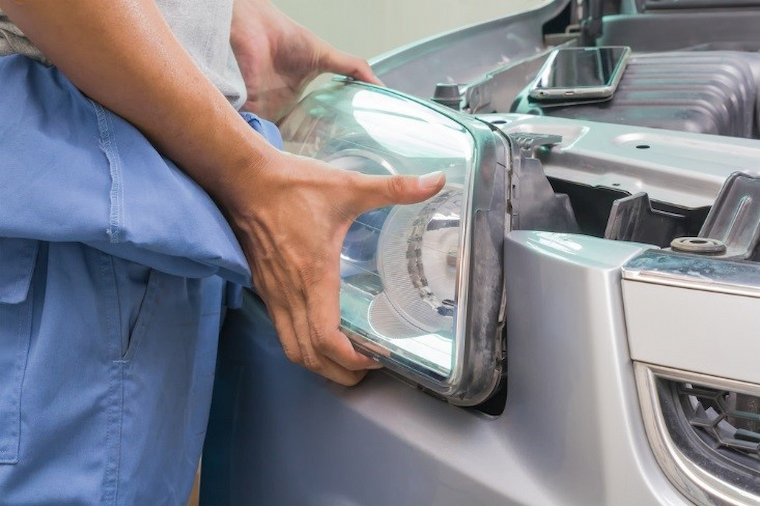
When shopping for car or truck parts, have a checklist of the most important buying factors. Compatibility in terms of size, fit and electrical setup should be your first priority. This means they’re custom made for the vehicle, look the part with a proper fit and that there are no issues such as shorting or warning lights in the instrument cluster. Replacements or upgrades should also have durable outer housings, reinforced polycarbonate lens covers and quality LED chips or bulbs.
Check brightness levels listed in Lumens or LUX, color temperatures in Kelvin (look to numbers around 5000K for natural and less-fatiguing colors), listed power consumption in Watts (lower is better), and where possible, IP ratings that ensure the headlight assembly survives minor impact and prevents water damage. Lastly, look at warranties and company return policies if you encounter problems during installation.
Writing for the blog since 2012, Chris simply loves the idea of providing people with useful info on business, technology, vehicles, industry, sports and travel – all subjects of his interest. Even though he sounds like quite the butch, he’d watch a chick flick occasionally if it makes the wife happy, and he’s a fan of skincare routines though you’d never have him admit that unless you compliment his impeccable skin complexion.

